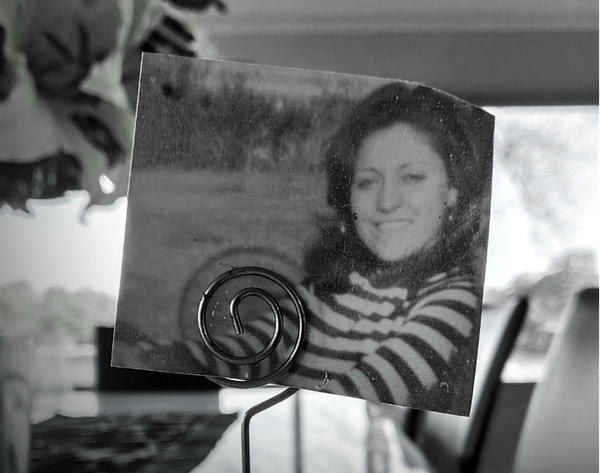On the night of Jan. 20, 1976, militants entered a house in Damour, Lebanon and killed 10 people and injured several more. Mona Rizk, then 18, was left alive, though her arm was shattered and her jaw was severed from her face. She had just survived one of the deadliest events of the Lebanese Civil War—the Massacre of Damour. By the end of the next day, it is reported that fighters from the Palestinian Liberation Organization (PLO), along with members of the Syrian army and Shiite factions within Lebanon, had killed 582 Christians living in the town. Among the murdered were ten Rizk family members, including Mona’s 12-year-old brother, Pierre, and her 10-year-old sister, Nada.
Nestled along the coast of Lebanon, just south of the capital of Beirut and about 20 miles north of the southern border, Damour in 1976 was a Maronite Catholic town of about 40,000 people. During the Lebanese Civil War, which began in 1975, the PLO began smuggling weapons from the south of Lebanon to arm the Palestinian militias inhabiting the refugee camps around Beirut. The smuggling network ran through Damour, where the Lebanese Army had set up checkpoints. Breaking the army’s hold on the city was one reason for the attack. Another was revenge. Christians from the right-wing Phalangist party in Lebanon had killed between 600 and 1500 Muslims at Karantina, a neighborhood of Beirut controlled by the violent insurgents of the Palestinian Liberation Organization. Part of a longer history of violence, the attack on Damour teaches lessons that policymakers in the West ignore at their peril.
